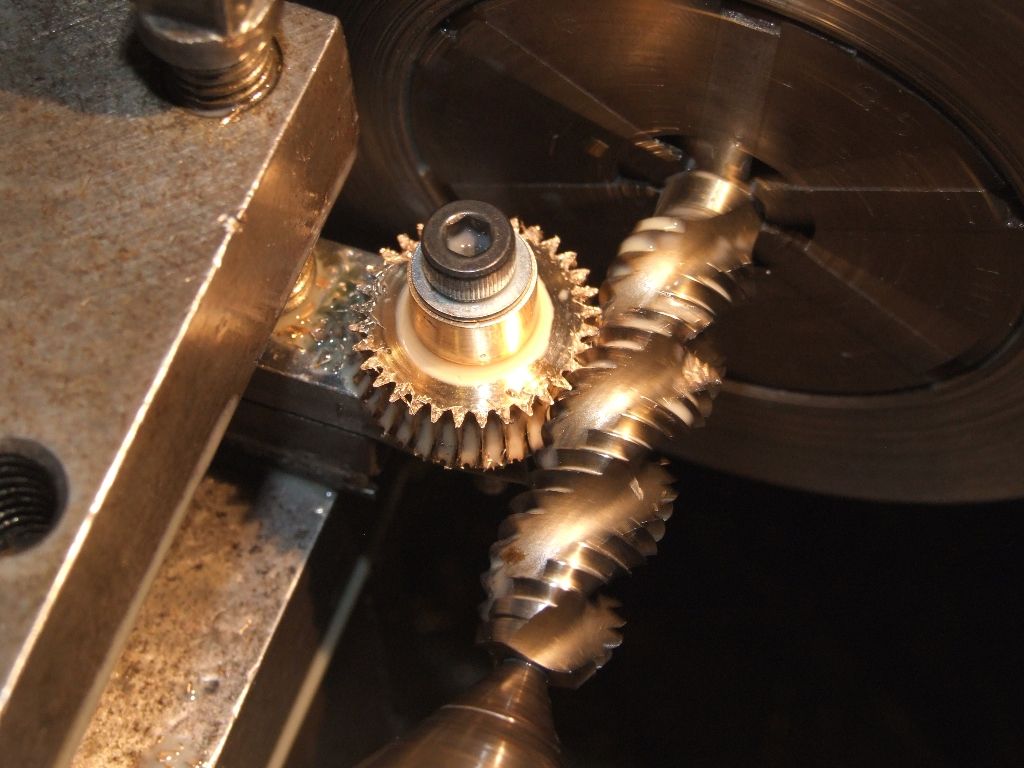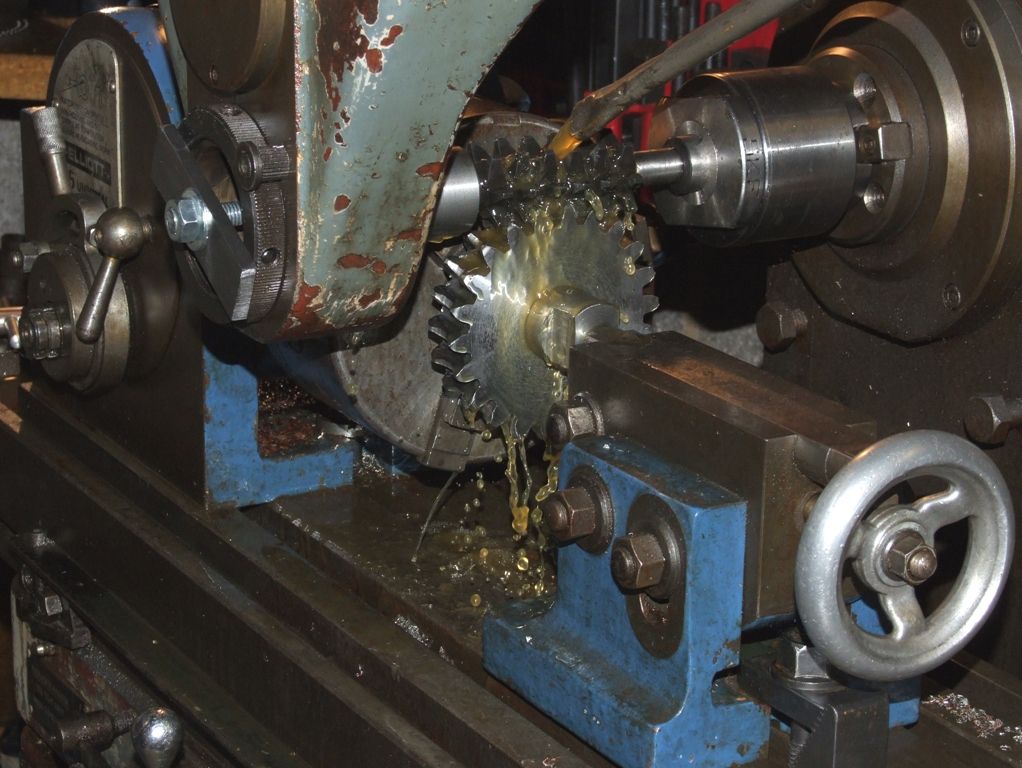I have been thinking a lot about making division plates. Simple, make an approximate plate, bolt it onto your indexing head and use it to make a more accurate one. Thanks to the magic of the 40:1 ratio your new plate is 40 times more accurate. Repeat for evermore accurate plates.
But…
How do you make the accurate worm wheel in the indexing head? Any error in that will be directly copied to the plate you make.
Yesterday while enjoying the sunshine and watching a shadow move across the floor, I had an idea. Accurate clocks are easy to get, If you know time elapsed you can calculate how far the sun has moved across the sky.
This got me to thinking, if I had a telescopic sight, welders goggles, milling machine and a large contraption so I could mount it all on the altazimuth plane. All I would have to do is line up on the sun and cut a tooth, and repeat every N seconds.
N = 86400 / (teeth on gear)
N for 40 = 2160s = 36mins
As the gear is symmetrical you could rotate it 90, 180 and 270 degrees and cut the other teeth.
Six hours, of uninterrupted sunshine might be a little hard to get in the UK, but 6 hrs to cut an accurate gear is a win!
Could be a good holiday project. The better half roasting on the beach, you amazing the locals with a huge machine.
 Michael Gilligan.
Michael Gilligan.

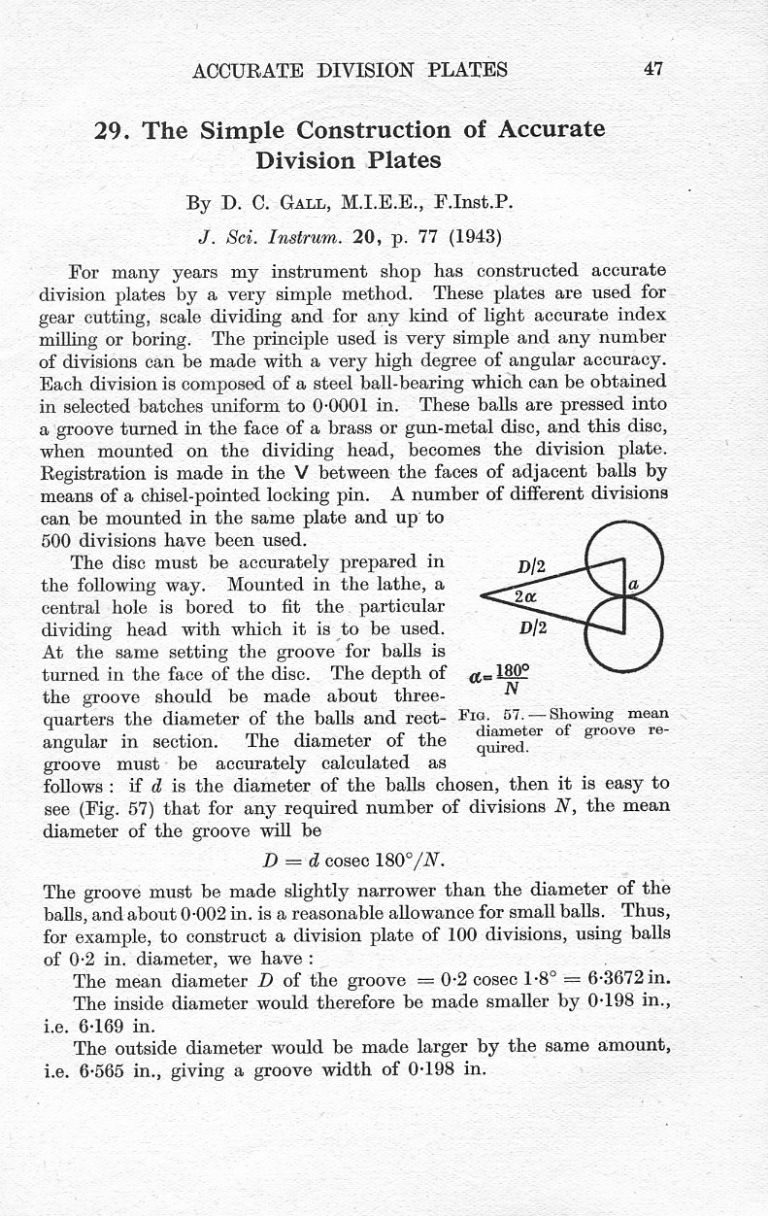
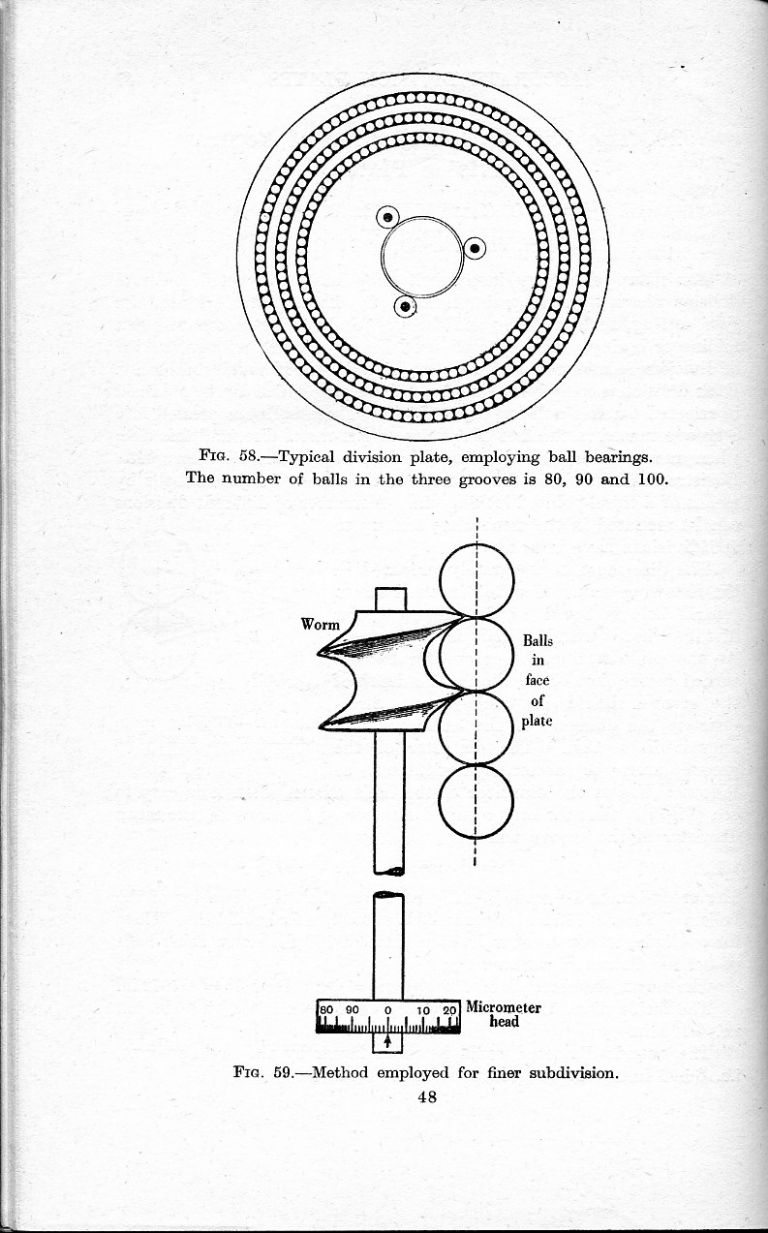
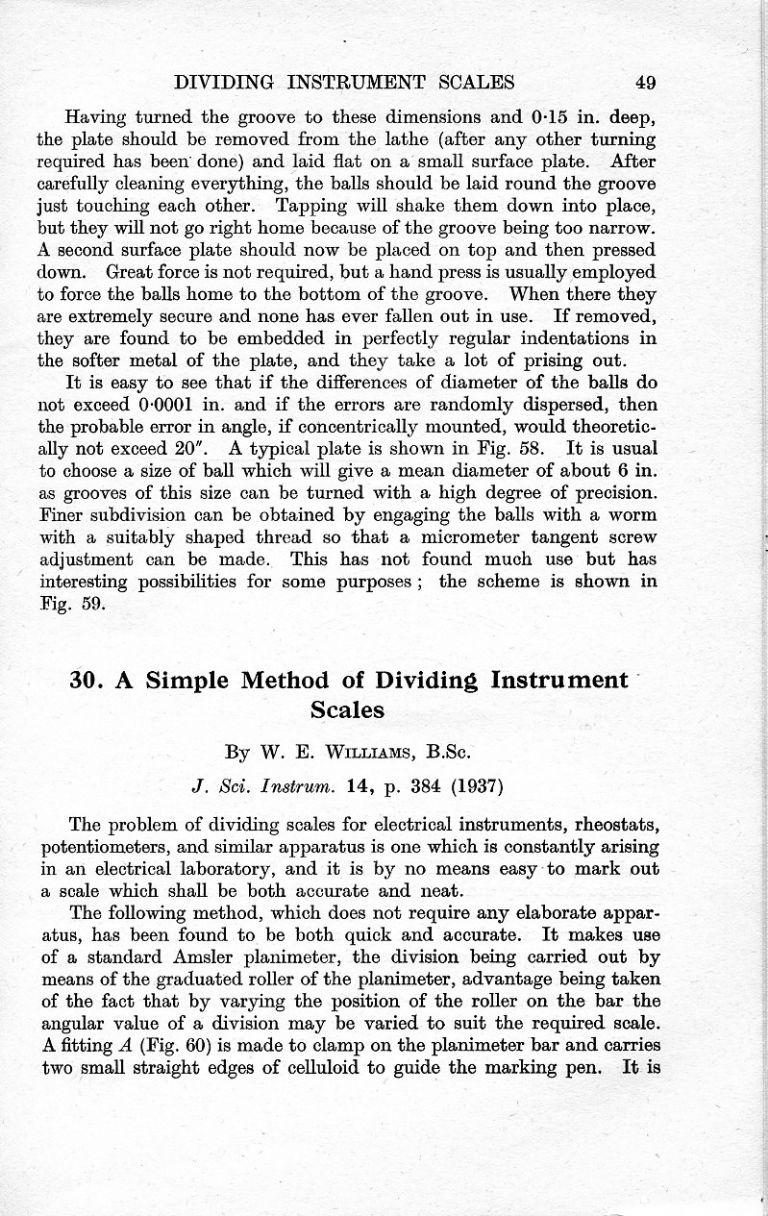
 )
)